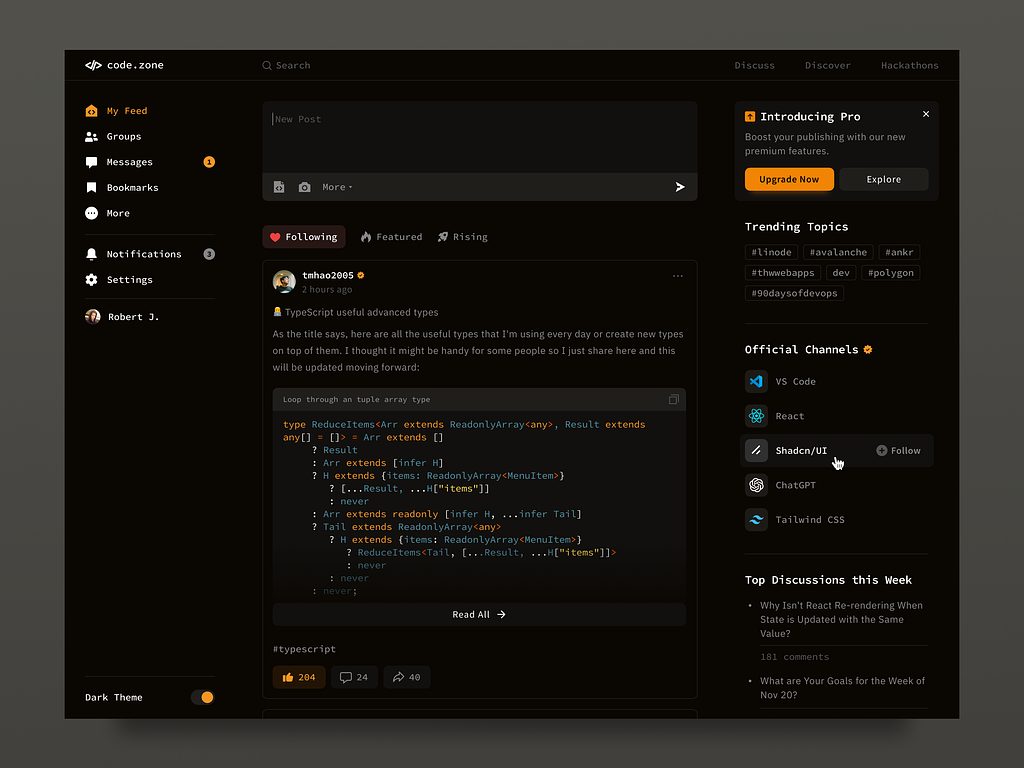
### Python: Your Pathway to Easing Daily Tasks and Expanding Career Opportunities
In the realm of programming, Python shines due to its versatility, user-friendliness, and innovative features. Whether it’s simplifying homework assignments, assessing sports data, or developing machine learning algorithms, this language has become a preferred option for both novices and experienced coders. So, why should you take the plunge to learn Python now? Let’s explore the three key reasons.
—
### 1. Python Is Fast and Simple to Master
One of Python’s most significant attributes is its ease of use. In contrast to other programming languages like Java or C++, Python features a straightforward and clear syntax that makes it approachable for individuals with no coding background.
Consider the example of displaying “Hello World”:
**Java Code:**
“`java
public class Greeting {
public static void main(String[] args) {
System.out.println(“Hello World!”);
}
}
“`
**Python Code:**
“`python
print(“Hello World!”)
“`
Notice the distinction? In Python, it only takes one line: `print(“Hello World!”)`. The Java version demands the creation of a class, a main method, and additional boilerplate just to achieve the same result. This straightforward readability makes Python a desirable option for newcomers.
Beyond beginners, Python’s widespread attractiveness arises from its usage across various sectors. Whether you’re exploring data analytics, web design, or machine learning, Python provides the essential tools for success.
—
### 2. Python’s Adaptability Across Various Fields
If there’s one attribute for which Python is renowned, it’s its seamless integration across diverse industries. Here are several noteworthy instances:
#### **Web Development**
Python enhances web development with efficiency and ease. Utilizing frameworks like Django and Flask, developers can quickly create backends for dynamic websites and applications. Django, often termed a “batteries-included” framework, offers a ready-made structure for intricate features such as authentication systems and contact forms. Major tech leaders, including **Netflix**, **Google**, and **Instagram**, utilize Python for its easy integration and superior performance.
For example, Netflix developers appreciate Python’s “concise and clean syntax,” as well as its robust libraries and supportive community. Whether it involves constructing user-facing applications or overseeing data systems, Python remains the preferred option for developers due to its versatility.
—
#### **Data Analytics**
The skyrocketing need for managing large volumes of data has rendered Python an essential tool in data analytics. With powerful libraries such as **Pandas** and **NumPy**, developers can efficiently manipulate and analyze extensive datasets. These libraries alleviate the labor-intensive tasks, promoting a smoother transition from data to insights showcased through graphs and charts.
Python’s significance in **data mining** is particularly notable. Libraries like **BeautifulSoup** and **Scrapy** empower analysts to gather information from the internet. Organizations utilize this data to uncover insights, such as consumer behavior trends or competitive analyses.
For instance, companies can employ Python, along with tools like **Tweepy**, to extract data from platforms like Twitter. A few lines of Python code enable a developer to retrieve public tweets related to a brand and assess sentiment. This capability can have considerable marketing implications, assisting businesses in refining ad strategies and enhancing customer engagement.
—
#### **Artificial Intelligence (AI) and Machine Learning (ML)**
Python is fundamentally embedded in the AI and ML sectors due to its efficiency in managing large datasets and developing algorithms. AI is defined as the replication of human intelligence functions by machines—consider virtual assistants such as Siri or Alexa. ML, a branch of AI, involves systems learning from data to make decisions or predictions autonomously.
Python plays a vital role in this area. Its libraries, including **TensorFlow** and **Scikit-learn**, simplify the modeling and training of machine learning algorithms. Moreover, Python’s platform independence—allowing it to function flawlessly across various operating systems—makes it an ideal choice for AI and ML initiatives.
As AI-driven technologies proliferate in sectors like transportation, healthcare, and marketing, Python has become essential. Its user-centric design ensures swift implementation of complex algorithms and quicker development timelines, making it the language of choice for researchers and engineers alike.
—
### 3. Promising Career Prospects for Python Developers
Python is not just a programming language; it’s a catalyst for career advancement. With organizations like **Google**, **Facebook**, and **IBM** seeking Python developers, the job market in this area is vast and rewarding. The increasing demand stems from its predominance in fields such as data analytics, artificial intelligence, and software engineering.
#### **Python’s Popularity**
As reported by the **2021 Stack Overflow Developer Survey**, Python secured the position of the 3rd most popular programming language. This underscores Python’s broad adoption—not only by tech professionals but also by enthusiasts, educators, and researchers.
#### **Earning Potential**
Python